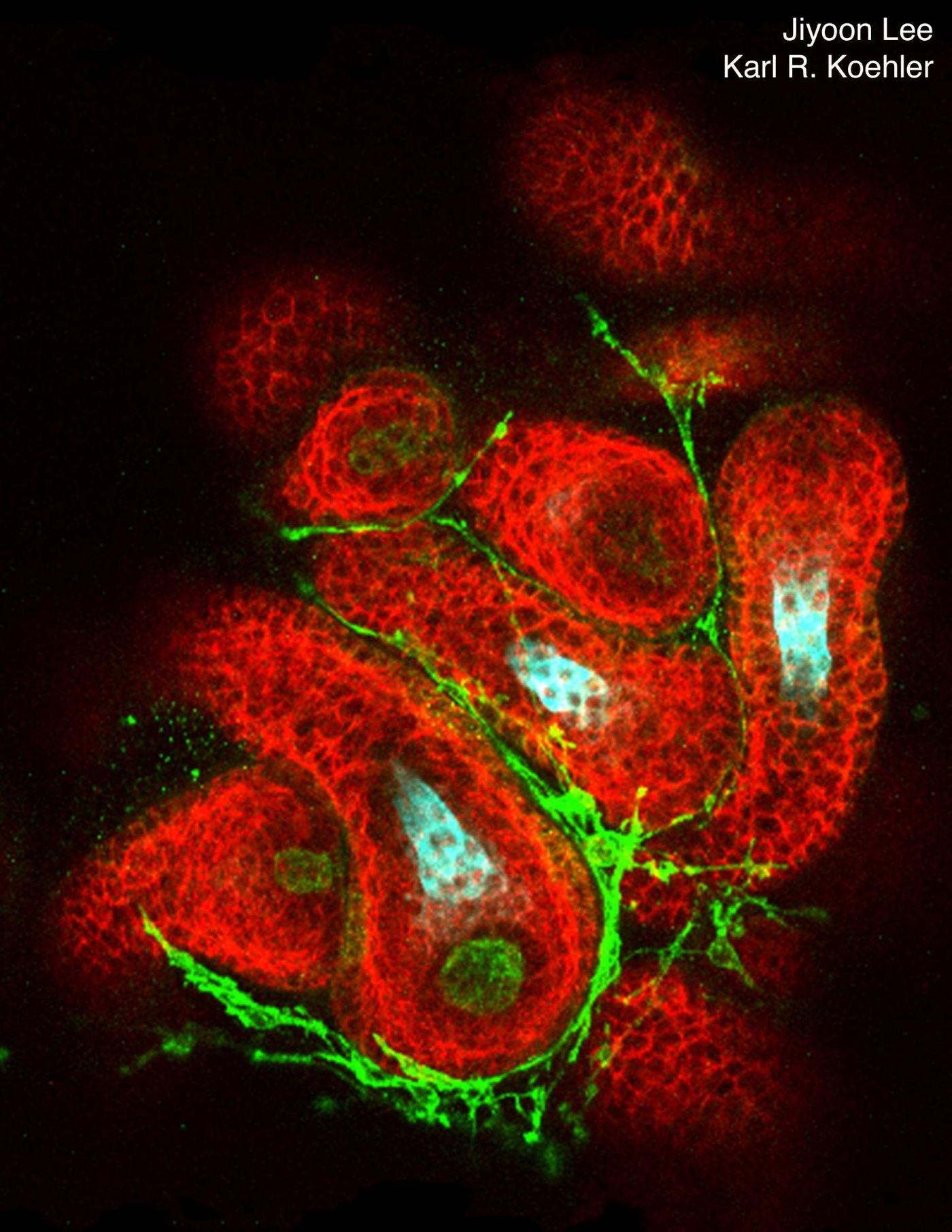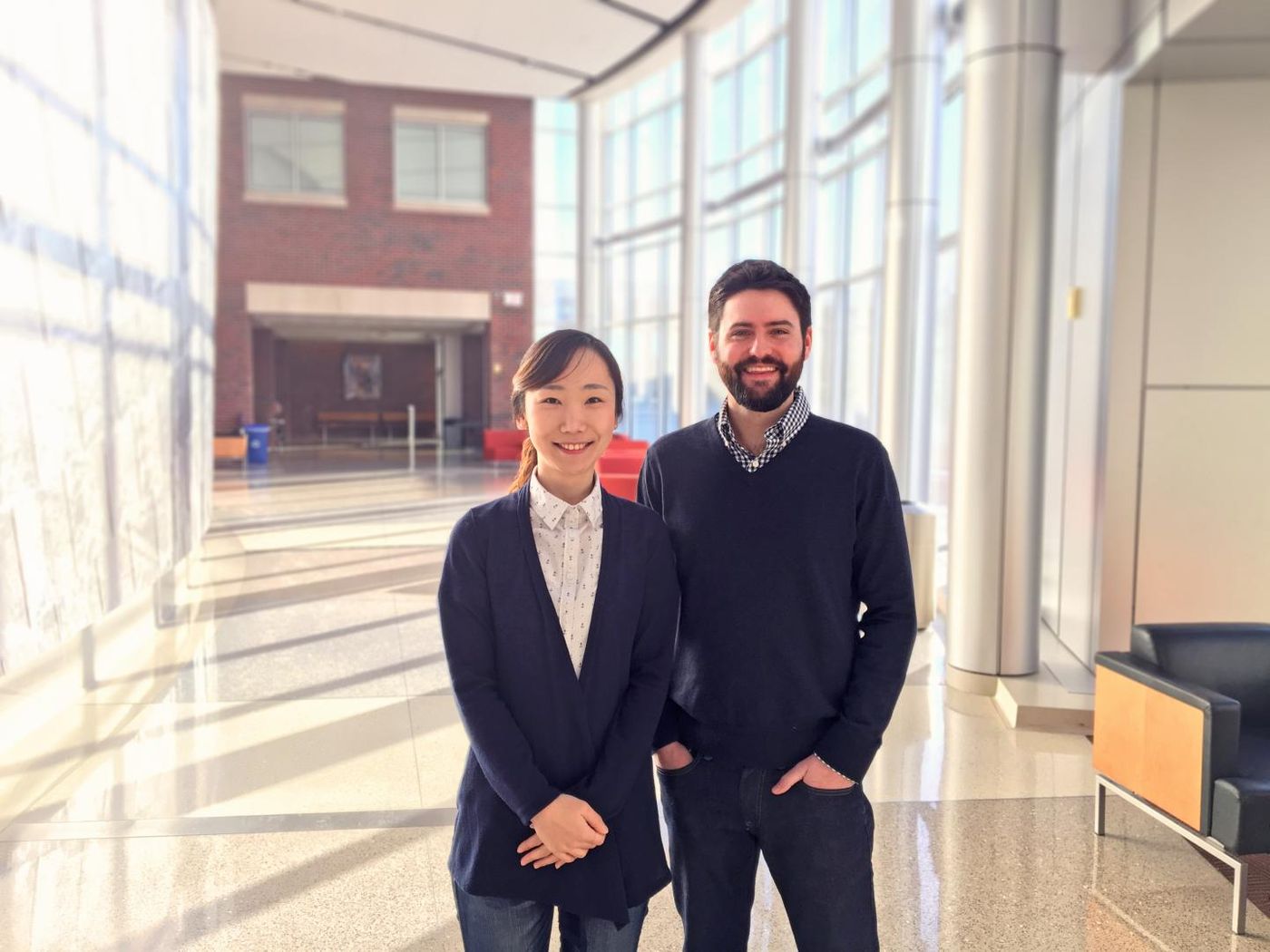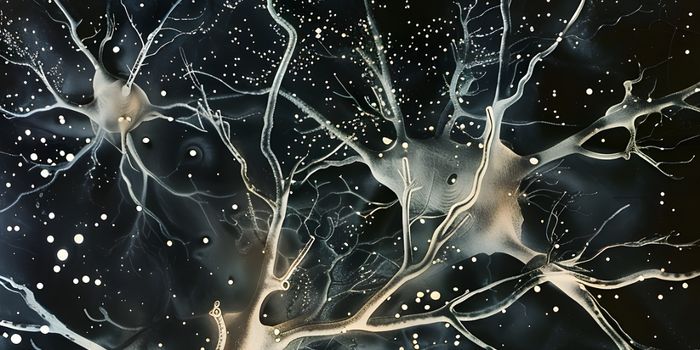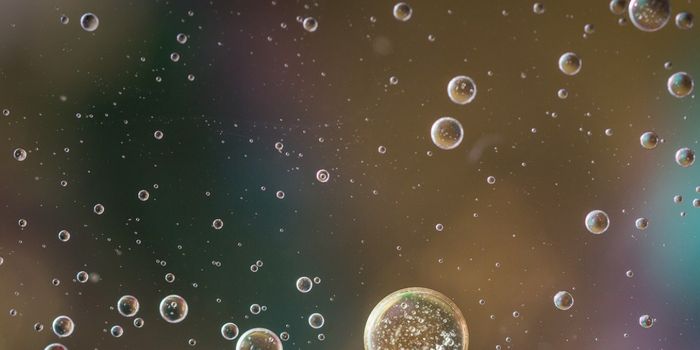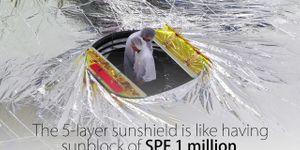Skin Organoids Sprout Hair
Organoids are three-dimensional models of human organs that are changing disease research. While they do not currently mirror the complexity of most organs, scientists are improving them. Now, scientists at the Indiana University School of Medicine have grown skin organoids that support hair follicle growth. This work, published in Cell Reports, will likely aid in the study of serious skin diseases; it was led by Karl Koehler, assistant professor of otolaryngology-head and neck surgery at IU School of Medicine, and postdoctoral fellow Jiyoon Lee.
“The skin is a complex organ that has been difficult to fully recreate and maintain in culture for research purposes,” noted Koehler. “Our study shows how to encourage hair development from lab-grown mouse skin, which has been particularly troublesome for researchers to recreate in culture."
This work builds on previous research by this team that engineered inner ear cells from stem cells. Stem cells are the basis for organoids, and they are treated to develop as the desired structures. While working on the inner ear, the scientists found that skin also formed as they were coaxing the stem cells to become the tissue of the inner ear.
“In the developing embryo, the inner ear comes from the same layer of cells as the top layer of the skin, [the epidermis], so it was no surprise that skin and inner ear tissue formed in tandem,” said Koehler. “We were surprised to find that the bottom layer of the skin [the dermis] also develops.”
The investigators found that cells of the epidermis and dermis formed clusters or skin organoids. They created layers opposite the ones we carry, with the top layer facing down, to the interior. The scientists continued to observe the structures as they grew.
“After about 20 days, we were amazed to see that skin organoids sprouted hair follicles,” Koehler said. “The roots of the follicles protrude from the skin organoids in all directions.”
The researchers dug deeper, and checked the protein expression in the cells and found that indeed, it was very similar to the pattern of expression seen in developing skin.
“In addition to the major epidermal and dermal cell types we also found specialized cell types, such as melanocytes [pigment cells], Merkel cells [touch sensing cells], adipocytes [fat cells], sebaceous gland cells, and hair follicle stem cells in organoids,” Koehler said. “This is fascinating because it shows that if we derive the basic building blocks of skin together in culture, then these diverse cell types will self-assemble on their own.”
The investigators expect that this research will lead to more breakthroughs. “My hope is that by improving skin-in-a-dish models we can greatly diminish the sacrifice of experimental animals and ultimately help patients with skin-related issues live a better life,” Dr. Lee said.
There are hurdles that remain, of course. “The shape of skin organoids is another problem that needs to be addressed in the future,” Koehler noted. “Because the organoids are inside-out compared to normal skin, the layers of dead cells and hairs cannot be shed as they are normally, so we need to find a way to flip the structure of skin organoids.”
Sources: Indiana University, Cell Reports
